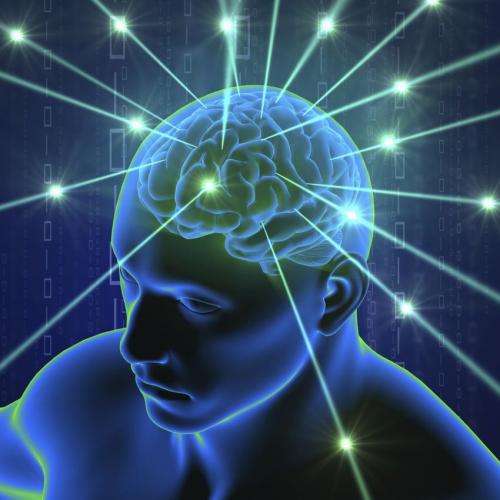Evolving robot brains

Researchers are using the principles of Darwinian evolution to develop robot brains that can navigate mazes, identify and catch falling objects, and work as a group to determine in which order they should exit and re-enter a room. The projects are all part of a larger effort to create artificial brains that think, plan, and predict, and will ultimately be conscious.
"Previous attempts to design human-like intelligence have failed because we don't understand how our own brains work," said Chris Adami, a computational biologist at Michigan State University. "But we know how evolution works and we can speed it up inside of a computer."
Adami's group uses genetic algorithms operating on a mathematical framework called Markov networks to model a large population of robot "brains" working on a particular task, like finding the exit to a maze. The brains that perform the task best have the largest number of simulated "offspring." The researchers run this genetic algorithm over thousands, and sometimes hundreds of thousands of generations, and then download the surviving brains into robots that execute the tasks in the outside world.
One of the more complicated tasks the team's robots have worked on so far required multiple machines to figure out and remember in which order they would leave a room. The robots were then asked to come back into the room, either in the same order as they left, or in the reverse order.
"This is difficult because the robots have to ID each other," Adami said. After the genetic algorithm had run its course, the robots seemed to solve the problem by indicating roles to each other with certain motions.
Adami believes that evolving robot brains in complicated worlds that force them to interact with each other is the best path toward self-aware intelligence. "When robots have to make models of other robots' brains, they are thinking about thinking," he said. "We believe this is the onset of consciousness."
Thinking robots will be extraordinarily useful, Adami says, adding that humanity should have no reason to fear a rise of the machines. "When our robots are "born", they will have a brain that has the capacity to learn, but only has instincts. It will take a decade or two of exploration and training for these robots to achieve human-level intelligence, just as is the case with us," he said.
More information: F51.00002: Emergence of Darwinian Evolution in Robotic Systems, Tuesday, March 3, 8:36 AM, Room: Grand Ballroom C1, ABSTRACT: meeting.aps.org/Meeting/MAR15/Session/F51.2
Provided by American Physical Society





















